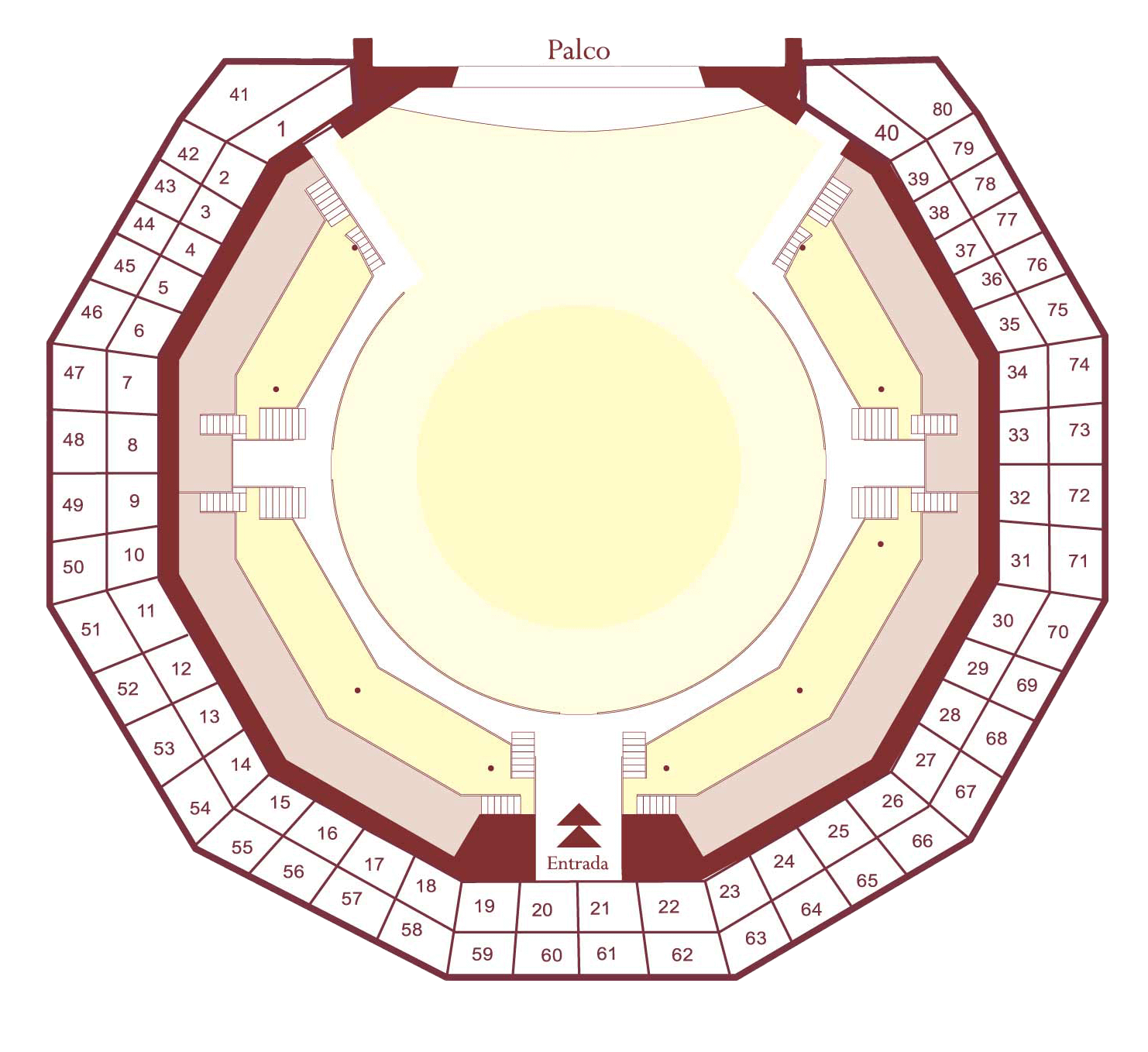History
The largest concert house in the Autonomous Region of the Azores was inaugurated on the 10th of May 1917, in Ponta Delgada, on the initiative of a group of locals chaired by Jose Maria Raposo do Amaral. It was then called Coliseu Avenida and had Pedro de Lima Araújo as one of its most persistent promoters. In 1950 it was acquired by Companhia de Navegação Carregadores Açorianos, directed by Francisco Luís Tavares, who had just built the new theater in Ponta Delgada. It was then renamed Coliseu Micaelense and later integrated the “Cinaçor” of the Botelhos de Nossa Senhora da Vida Foundation, and was managed by António dos Santos Figueira for about four decades. From the 1980s onwards, it was progressively deactivated, maintaining only the traditional Grand Carnival Balls, until it was completely closed due to the advanced degradation of its facilities.
Finally, in 2002, the Ponta Delgada City Council, on the initiative of its president Berta Cabral, acquired the Coliseu Micaelense and carried out the biggest recovery work in its nine-decade history, which essentially took place during 2004. The reopening Gala of the Coliseu Micaelense, held on January 30 2005, marked the official inauguration, which was followed by the traditional Grand Carnival Balls and the presentation of the first show of the inaugural program, with the Moscow Classical Ballet.
The Coliseu Micaelense, with a capacity for around 1,300 seated spectators, is prepared to meet the specific requirements of all socio-cultural events, and can operate in a conventional regime, for shows as diverse as ballet, theater, opera and rock, or in a for open runways, circuses, dances and fashion, banquets and café-concerts, exhibitions and congresses. Its size and characteristics make the Coliseu Micaelense the best-suited covered space for the biggest events in the Azores.
In addition to the main room, other spaces are used, such as the entrance hall, the noble hall on the upper floor and the Santos Figueira room.








